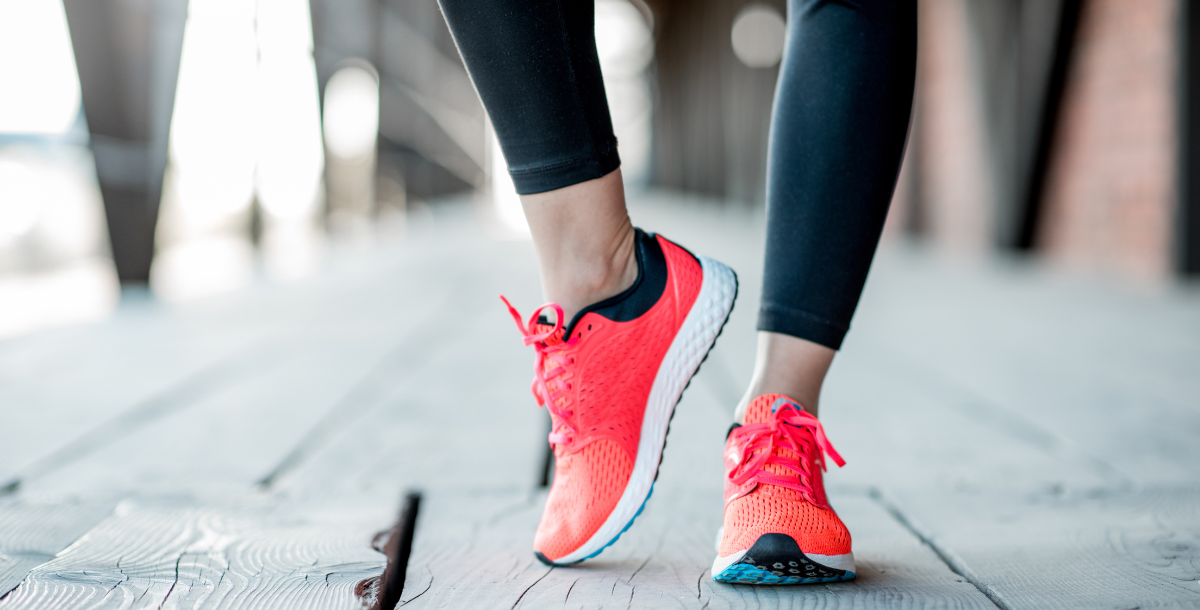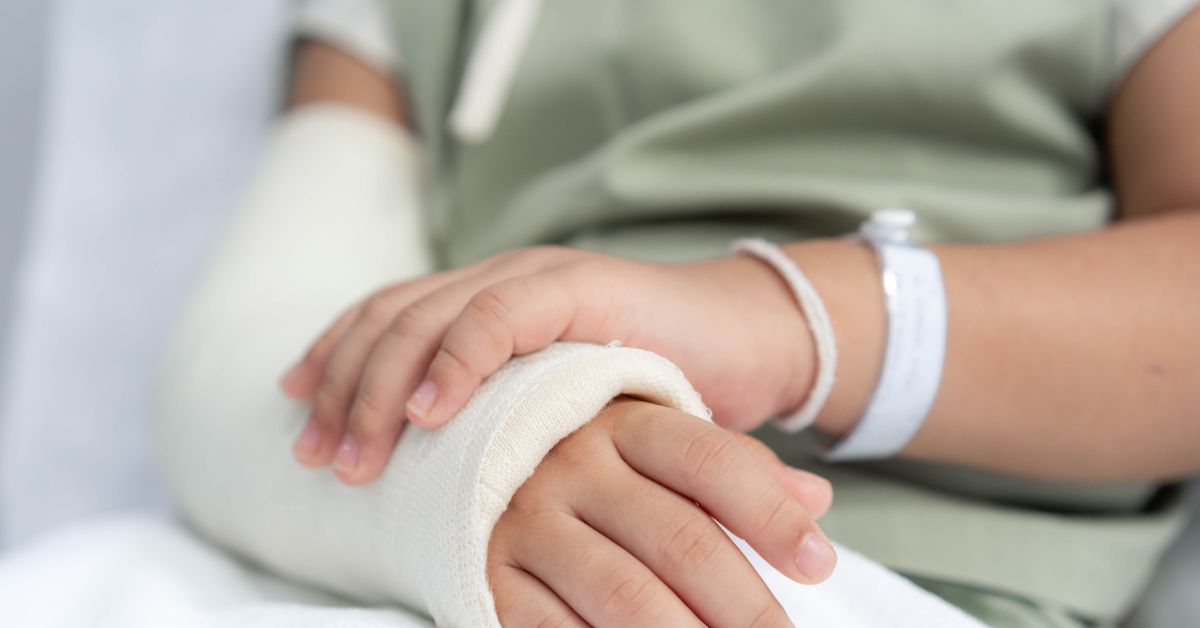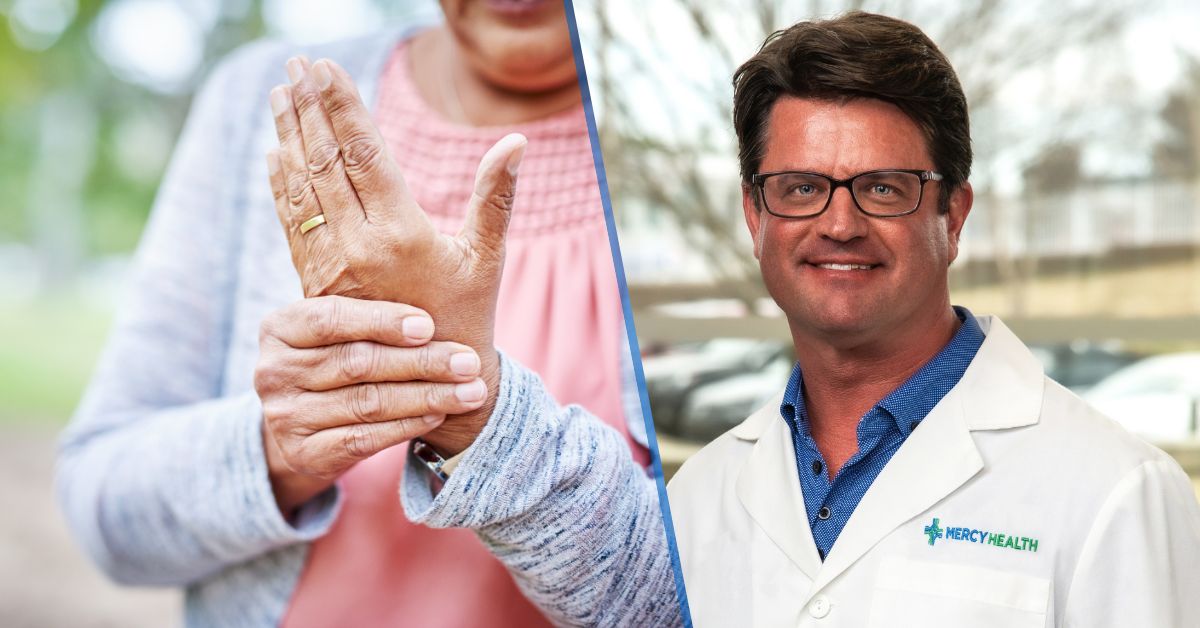Let’s learn about runner’s toe! Are you someone who loves to run and feel the wind against your face as you dash through the trails or streets? Running is a fantastic way to stay healthy and happy, but sometimes our feet can feel the pinch.
But what causes this condition, what are its symptoms and how you can treat it?
What is a runner’s toe called?
Runner’s toe, known as subungual hematoma in medical terms, is a condition where your toenail, typically your big toe, is turning black or purple due to bleeding underneath the nail. It’s a common issue among runners and athletes who engage in activities that involve repetitive pressure on the toes. For example, lots of soccer players suffer from this condition and it’s also referred to sometimes as tennis toe, as tennis players commonly suffer from this condition as well.
Severe or persistent Runner’s Toe may require a doctor. Contact Mercy Health’s Sports Medicine specialists for a consultation.
What causes runner’s toe?
Runner’s toe often occurs when the toes continuously hit the front of the shoe during running or other physical activities. The repetitive impact and pressure can cause tiny blood vessels under the toenail to break, resulting in pooled blood and discoloration.
Some factors that can increase the risk of developing runner’s toe include:
- Improper footwear: Running shoes that are too tight or too small can increase pressure on the toes, leading to trauma.
- Long-distance running: Marathon runners or individuals who frequently engage in long-distance running are more prone to runner’s toe due to the extended duration of foot impact.
- Running downhill: Running downhill can cause the toes to repeatedly hit the front of the shoe, increasing the risk of trauma to the toenails.
- High-impact activities: Activities such as soccer, basketball or hiking that involve sudden stops and starts can also contribute to runner’s toe.
Symptoms of runner’s toe include:
- Of course, discoloration of the toenail, usually a black toenail, dark red, purple or blue
- Pain or discomfort in the affected toe
- Swelling around the toenail and nail bed
- Difficulty wearing shoes, especially if they press against the injured toe
How do you heal runner’s toe?
While this condition can be painful and inconvenient, the good news is that it can often be treated at home.
Here are some steps you can take to alleviate runner’s toe symptoms, or even prevent runner’s toe in the first place:
- Rest: Give your toes a break from high-impact activities to allow the injured toenail time to heal. Consider switching to low-impact exercises, like swimming or cycling, until the pain subsides.
- Ice: Applying ice packs to the affected toe can help reduce pain and swelling. Wrap the ice pack in a cloth to prevent frostbite and apply it to the toe for 15 to 20 minutes several times a day.
- Elevation: Elevating your foot above heart level can help reduce swelling and promote blood flow to the injured toe.
- Pain relievers: Over-the-counter pain relievers, such as ibuprofen or acetaminophen, can help alleviate pain and discomfort associated with runner’s toe.
- Proper footwear: Make sure you’re wearing shoes that fit correctly and provide adequate space for your toes. Consider wearing shoes with a wider toe box to prevent further trauma to the toenails.
- Trimming: If the toenail is causing discomfort, you may consider trimming it carefully to relieve pressure. However, be cautious not to cut too close to the skin, as this can increase the risk of infection. Also, be sure to trim it straight across to avoid it becoming an ingrown toenail.
When should I seek medical attention?
If the pain is severe or if there are signs of an infection, such as pus or redness around the toenail, it’s essential to seek medical attention. A health care professional can provide proper treatment and advice tailored to your specific situation. In severe runner’s toe cases, they can perform nail trephination, which involves drilling a small hole in the toenail to allow the blood to drain.
Runner’s toe is a common problem among runners and athletes that can cause discomfort and inconvenience. However, by understanding the causes, symptoms and treatment options, you can take steps to prevent and manage this condition.
Learn more about the sports medicine services we provide at Mercy Health.






